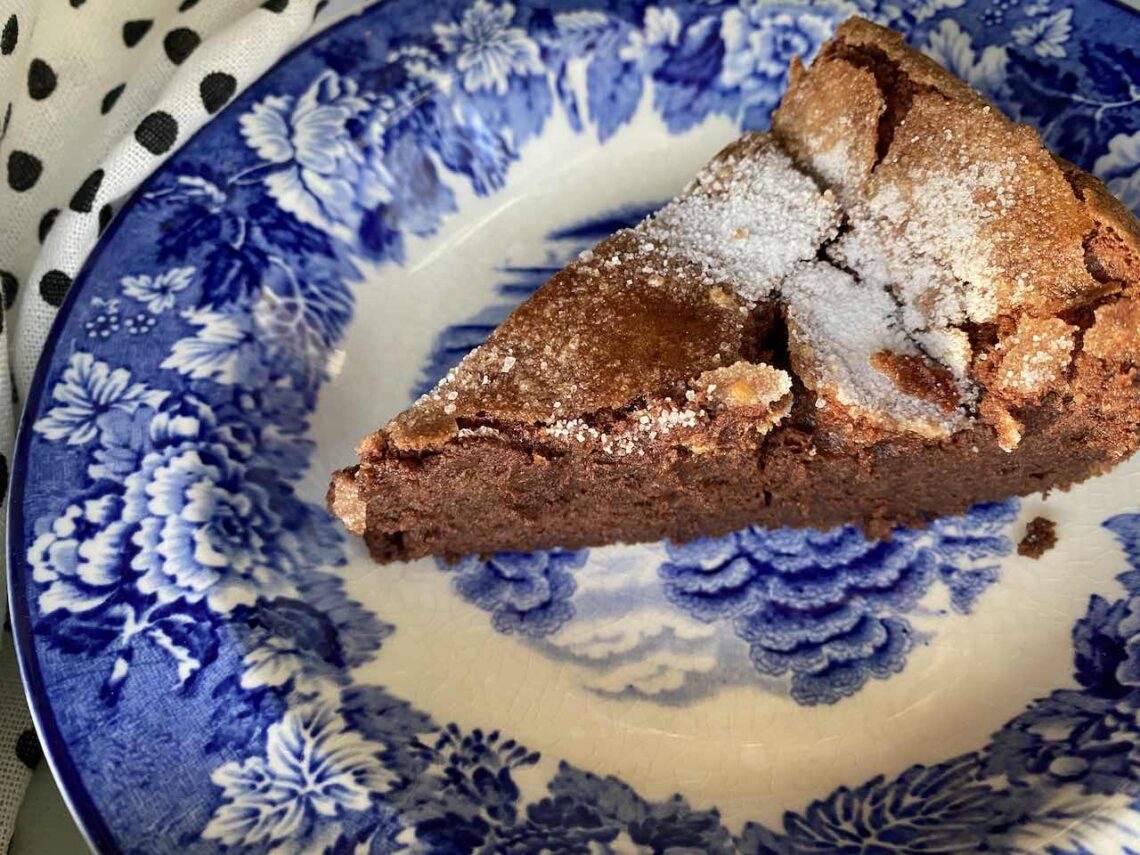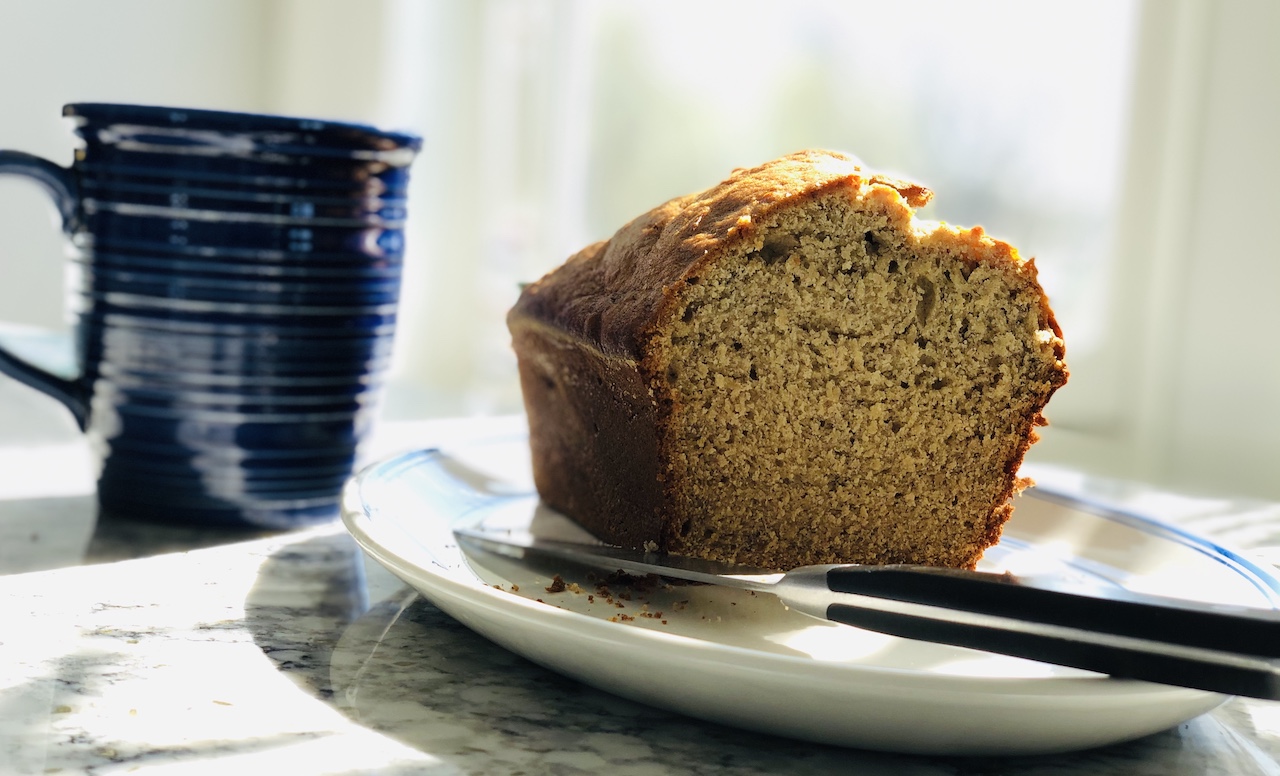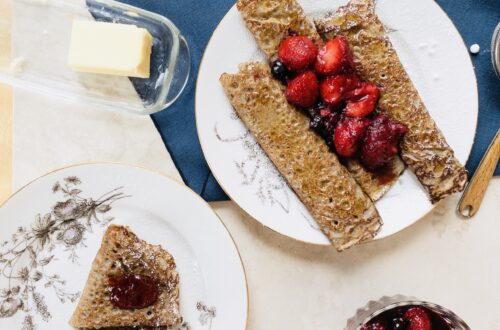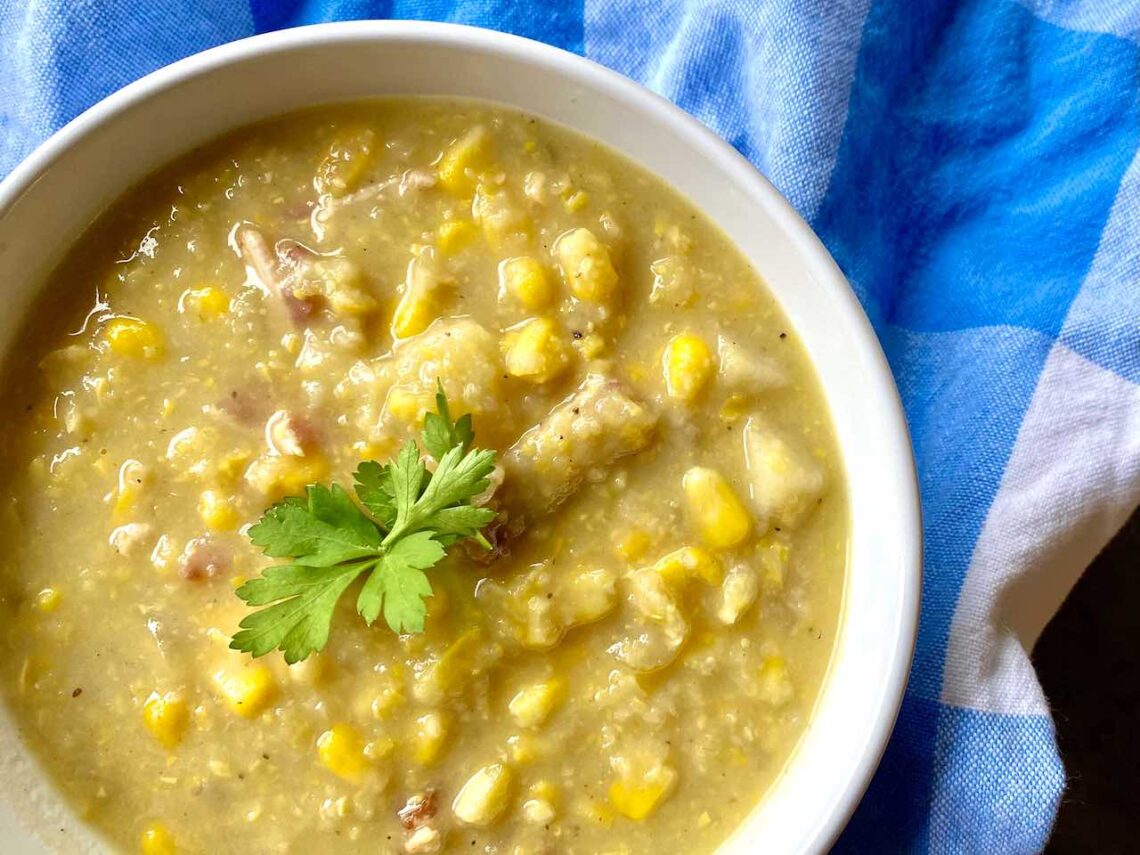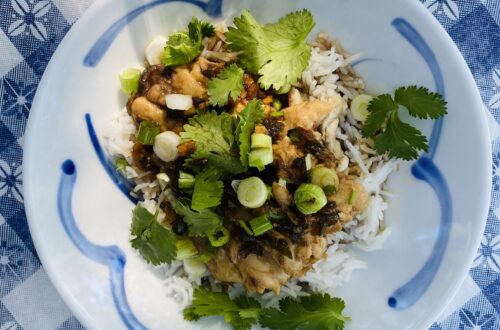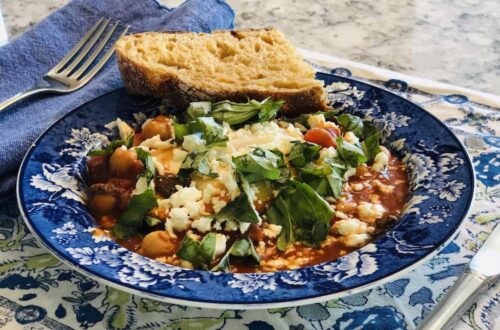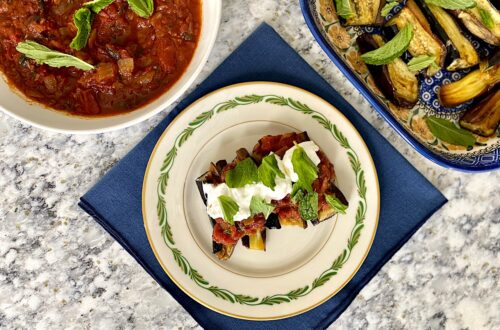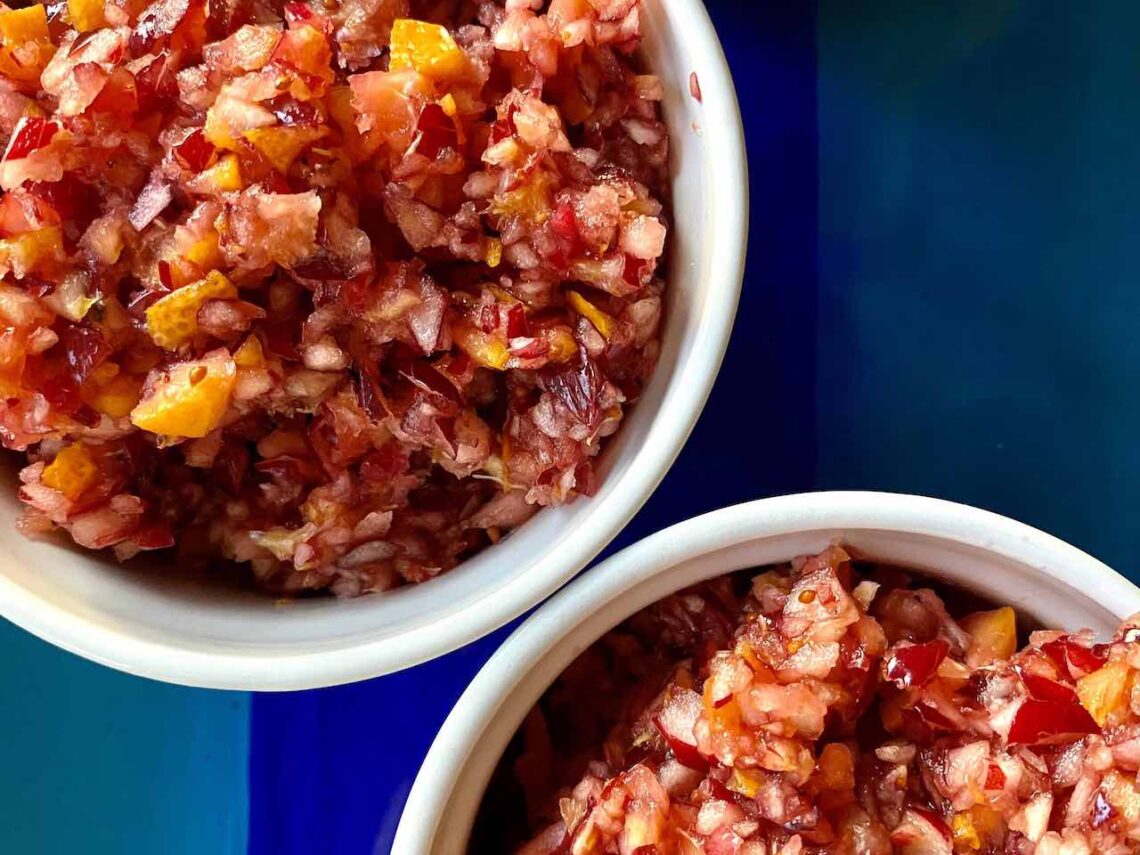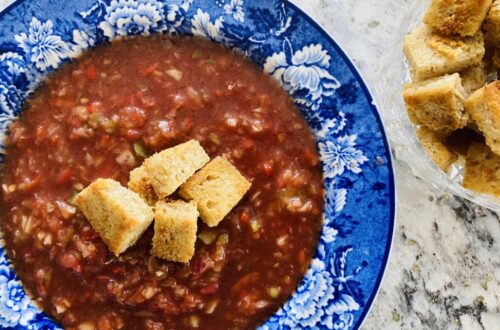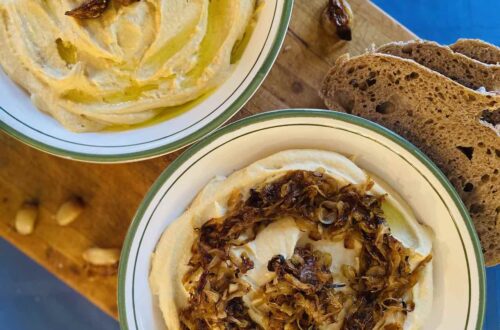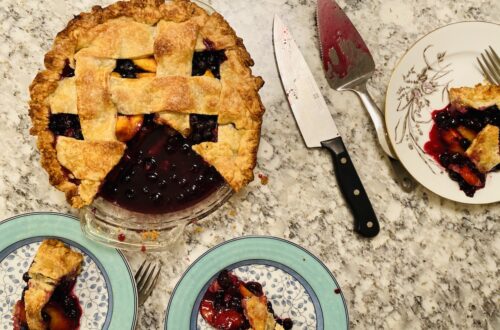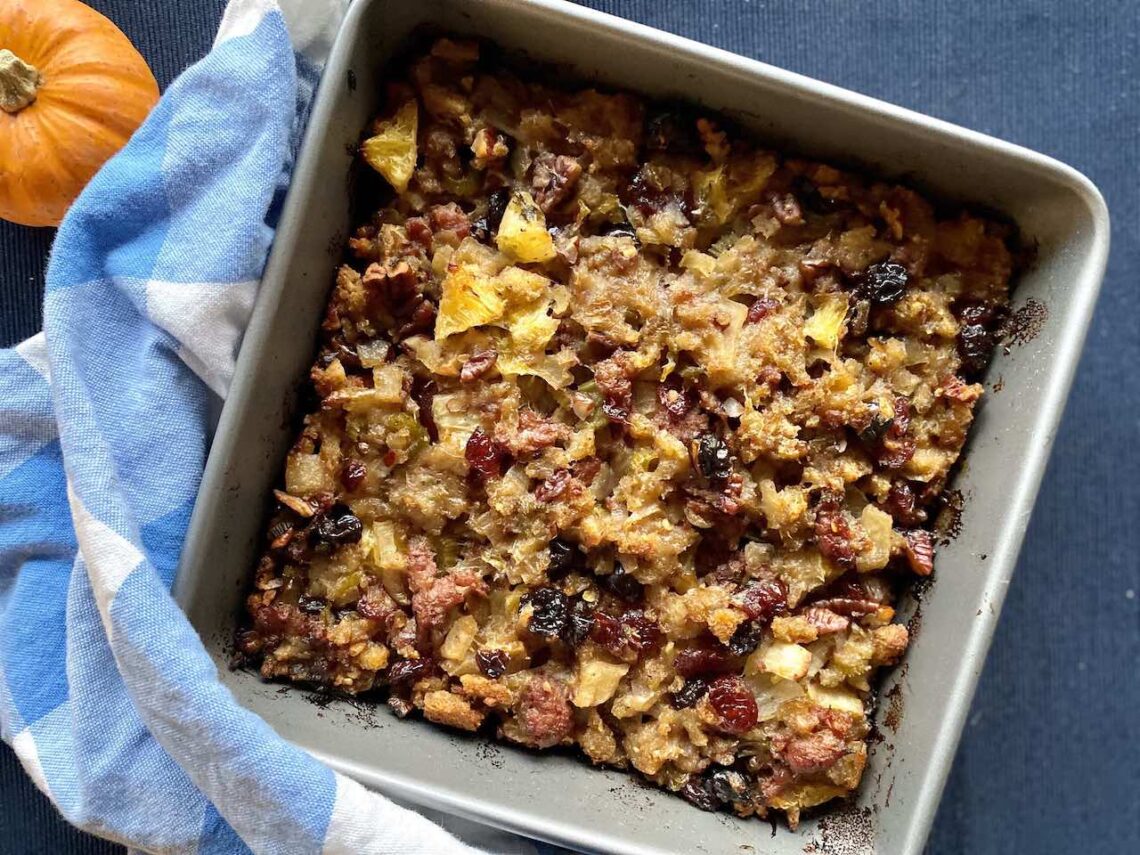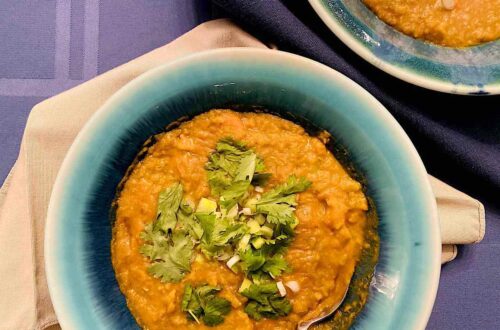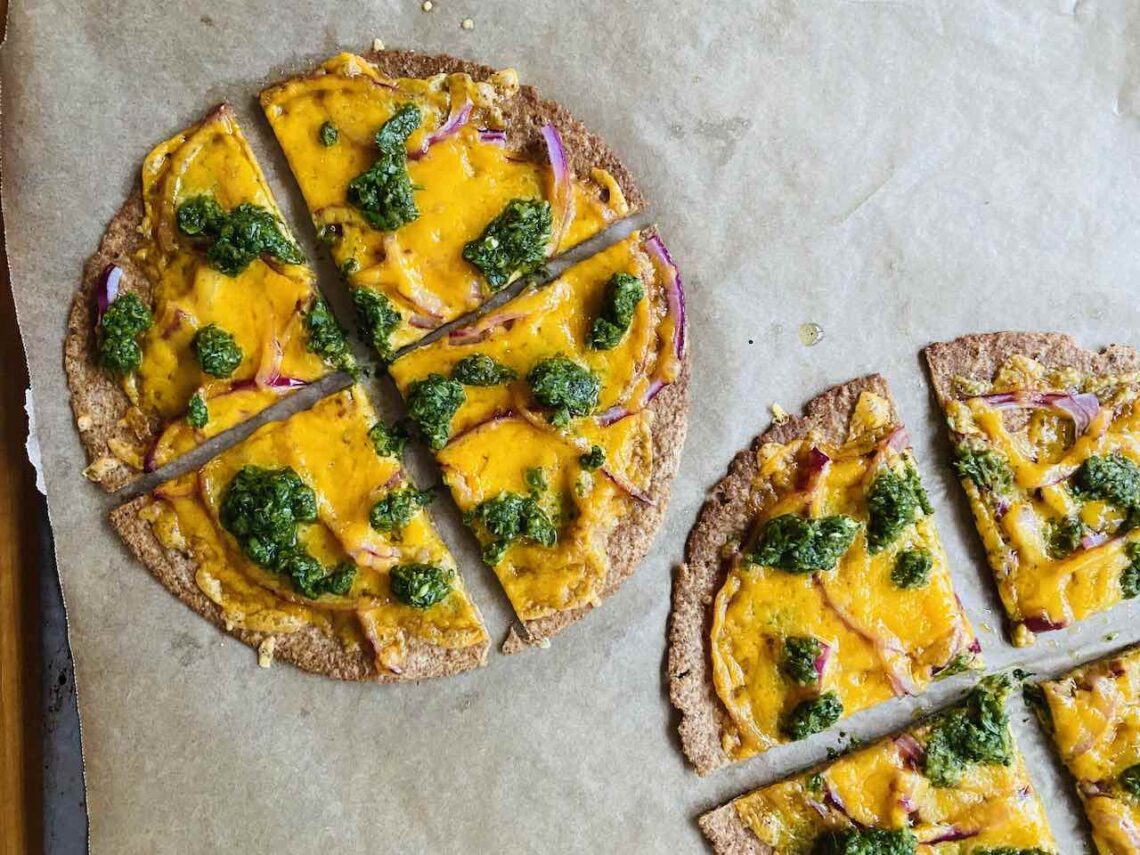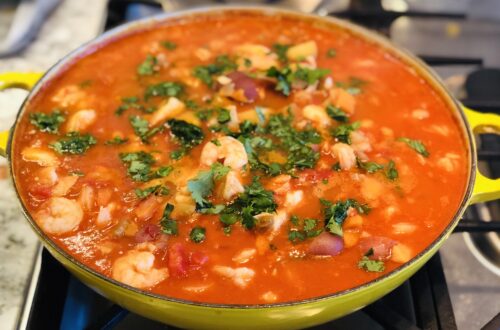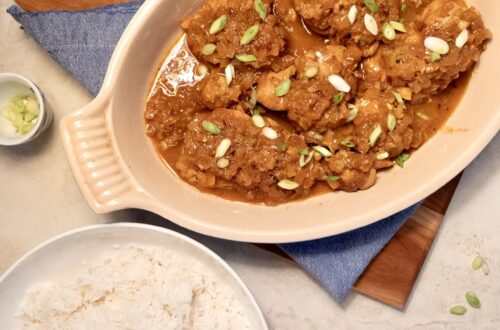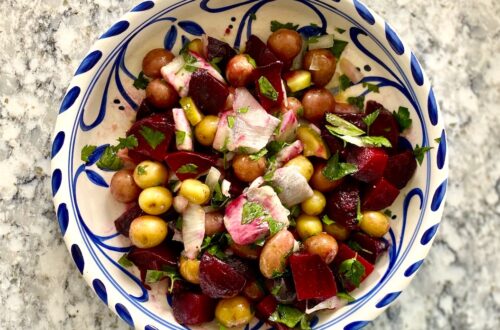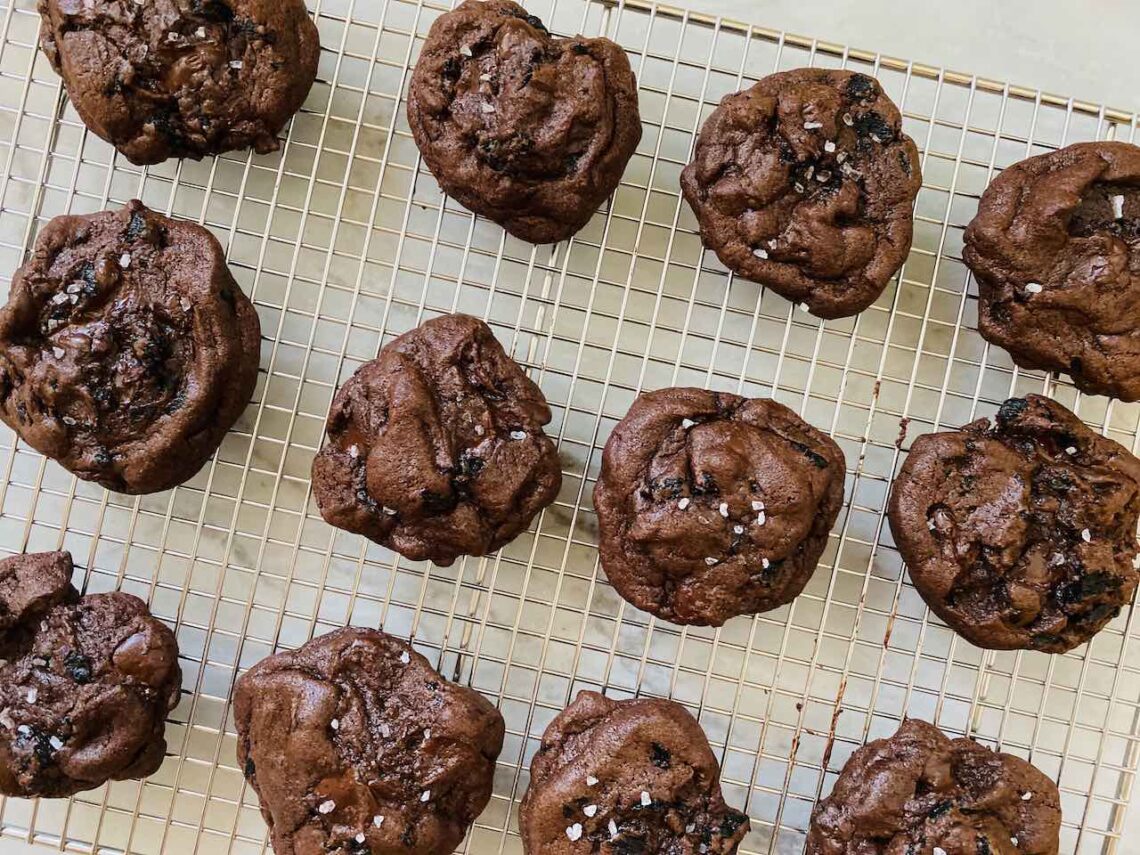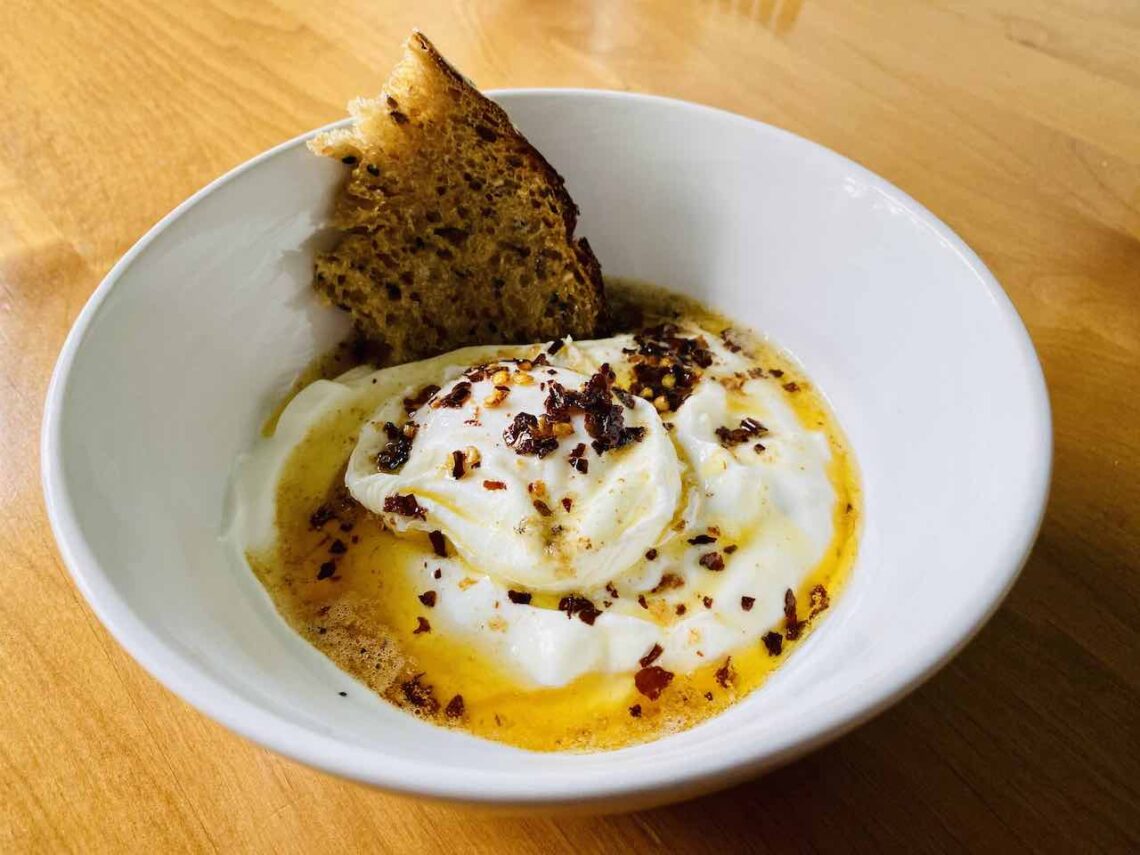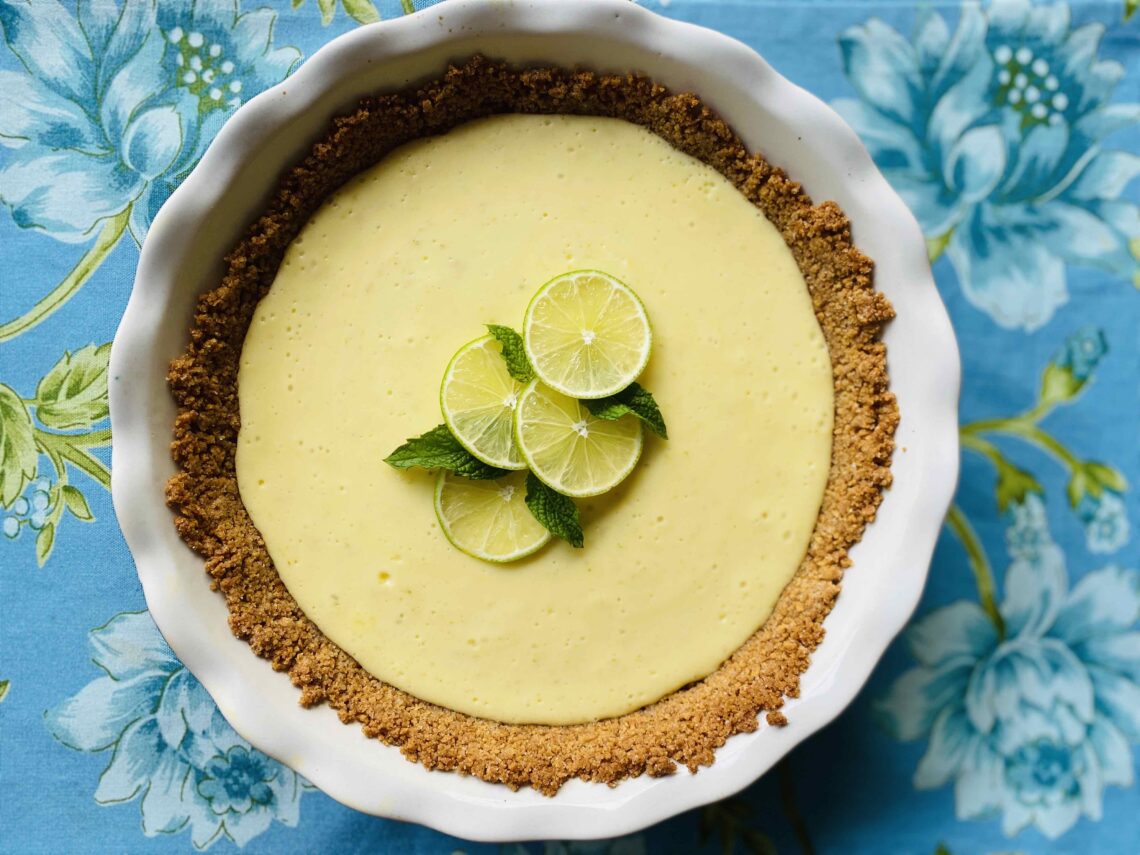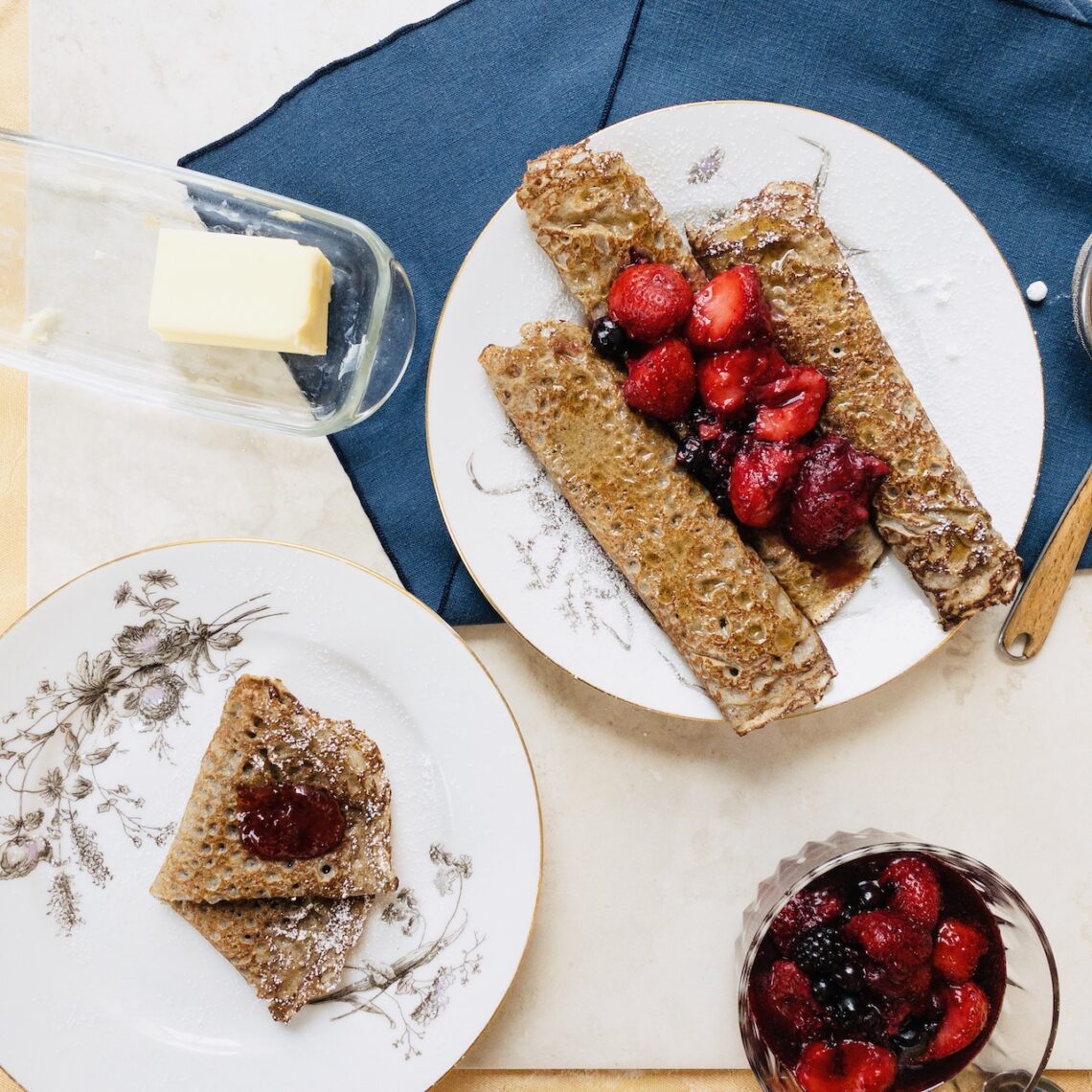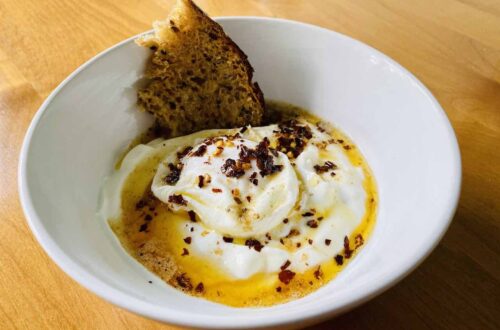-
Flourless Chocolate Cake
This cake is perfection. It’s dense, but not too intense, enticing you to eat just another small bite again and again … and again … until you’ve actually eaten quite a large slice (or, perhaps, the whole cake). Everyone loves this cake. It’s the perfection of gluten-free: you don’t notice that there’s no flour in it, just that it’s like eating rich chocolate clouds.
However, when I went back and looked at the ingredients, I realized how unethical a cake it is. Cocoa. Sugar. Butter. Almonds. Eggs. Other than water and salt, almost all the ingredients in this cake have a variety of problems in their supply chains. (The cocoa supply chain relies on forced labor, child labor, and causes deforestation, among other issues; sugar production relies on forced labor and often harms the environment; butter produces greenhouse gases and often has labor abuses – you get the idea.)
-
Dorie’s Perfect Corn Chowder
It’s early February, and snow has covered the ground for weeks. Bundled up in scarves, hats, gloves, and snow boots, it’s hard to remember the feel of those late summer days when I first made this chowder, when the wind howled against the window, rain poured down, and I cuddled up with a book and a cup of tea. While those days just at the end of corn season are perfect for corn chowder, this recipe makes a hearty and comforting meal at any time of year. So let’s enjoy corn chowder as it gets colder and colder (and colder), since I don’t want to wait half a year to share it with you. (This recipe works great with frozen corn, so it really is perfect for the whole year – including these ice-cold January days.)
I’ve always loved all kinds of chowder, although clam chowder is a no-go for me (I’m allergic to clams). I comfort myself with lobster bisque, fish stew, and, of course, this delicious corn chowder. The source of its deliciousness is bacon, so for those who don’t eat pork, skip this recipe. (Please don’t try to make it vegetarian – it just won’t sing in the same way.) Though it’s not a topic I want to know more about, I am going to use this post to discuss pork production in the US.
-
A Bog Blog: Simple Cranberry Relish
As everyone who has eaten a Thanksgiving meal knows, the meal is traditionally full of a lot of orange and brown foods – mashed potatoes, sweet potatoes, bread, stuffing, turkey. Don’t get me wrong, these foods are delicious, but you need the acidity and tartness of cranberry sauce – not to mention the bright red color – to balance out the other foods and make them really sing. Thanksgiving without cranberry sauce is like…well, it’s like Thanksgiving without stuffing or gravy or sweet potatoes or pie. Simply unimaginable.
Over the years I have tried many a cranberry sauce. I’ve experimented with ones where you cook down the cranberries to a gelatinous consistency, or where you add orange juice to make it sweet, or walnuts to make it crunchy. But nothing beats this most simple recipe. To even call this a recipe is, in some way, to cheat – it’s really a five-minute-throw-everything-in-the-food-processor-and-combine activity. Moreover, this is (I’m almost ashamed to admit) the recipe on the back of the Oceanspray bag of cranberries, albeit with much less sugar.
-
The Very Best Thanksgiving Stuffing
I absolutely love Thanksgiving, probably because it’s only about eating delicious food with friends and family. Unfortunately, I’ve missed Thanksgiving for most of the past decade. Between living in Berlin and traveling to Geneva for conferences (I can’t complain about either), there haven’t been too many years that I’ve been in the US and able to cook. But that hasn’t stopped me from starting Thanksgiving 2.0, the Second Night of Thanksgiving, or Belated Thanksgiving as we call it – a night weeks after Thanksgiving when I invite friends over and cook an entire Thanksgiving meal.
This stuffing is key to my Thanksgiving dinner, whenever it takes place. I’ve been making variations of it since I was a teenager, but this is a more interesting version with more tartness to balance the sweetness of Thanksgiving food. This recipe can easily be doubled and should be if you are cooking for more than immediate family. But be warned that a double recipe makes enough stuffing for a small army.
-
Roti Pizza (aka Whole Wheat Tortilla Pizza with Cheddar and Cilantro Chutney)
Every once in a while I come across a recipe that feels as familiar as if I’ve been eating it my whole life. These roti pizzas (which I usually make on whole wheat tortillas) from Priya Krishna’s cookbook Indian-ish, combine the types of food I loved as a teenager, a mixture of grilled cheese sandwiches and Indian food from Rajun Cajun, the best (and only) Indian takeout spot in Hyde Park. These pizzas – with the brightness of red onion, the saltiness of sharp cheddar cheese, and the tang and spice of cilantro chutney – bring together my favorite childhood flavors in a weekday work-from-home lunch (or dinner or snack).
One underrated ingredient in this – and most – recipes is salt. Salt is fascinating, such a minor but important ingredient in all food. It is key to everything we eat, yet we rarely think about it. It not only gives food its own salty flavor, but it also brings out the flavor in other ingredients. James Beard once asked: “Where would we be without salt?” To which Samin Nosrat answered: “Adrift in a sea of blandness.”
-
Spicy Sweet Potato and Broccoli Rice Bowl
I love recipes that are adaptable – that can be made with whatever vegetables you have at home, that can be baked or pan-fried depending on your mood, and that always end up tasting delicious – even when you set off the smoke alarm while cooking. I now bake the vegetables, which is (1) easier, and (2) hasn’t yet set off a smoke alarm.
This recipe is from East, author Meera Sodha’s amazing collection of flavorful vegetarian recipes. (Check out her column in The Guardian for more great recipes.) I’m obsessed with this cookbook – as many people who I’ve evangelized about it to know. Every recipe is tasty and flavorful, but also simple, with never more than a dozen ingredients. It’s vegetarian food that never makes you feel like you’re missing meat.
-
Chocolate Chocolate-Chip Cherry Cookies
Every once in a while, you stumble upon a special cookie recipe. It’s the kind that, once you’ve tasted it, you suddenly know: these cookies will forever be part of your core toolbox of cookies, just waiting to be baked at a moment’s notice. These cookies – chocolaty, gooey, mixed with a tartness from the cherries – have served me well since I discovered them. They satisfy a deep chocolate craving, whether that’s at a picnic, a dinner with friends or as a delightful snack during the low point of the work-from-home afternoon or after a long summer evening walk.
I have also been searching for the right recipe to once again dive into the cocoa supply chain. Yasmin Khan’s recipe for this recipe is perfect, since she was a human rights campaigner before becoming a cookbook author. While issues around trafficked and forced child labor in the West African cocoa industry generally make the headlines, deforestation is another important, if not as widely known, issue in the cocoa sector.
-
Eggs with Yogurt and Chile Butter
I love Sunday morning breakfasts. Whether I am out with friends, visiting my parents, or having a quiet Sunday morning at home, it’s one of my favorite times of the week. A couple of weeks ago, a recipe for eggs with yogurt and chili butter in Yasmin Khan’s newest cookbook, Ripe Figs, caught my eye, and it looked simple enough – yogurt, eggs, and a buttery sauce. It was, in fact, straightforward, as poaching an egg is surprisingly easy with good directions. (One warning: the dish does use a surprising number of dishes for such a simple recipe.) The result was perfectly creamy, light, delicious, and filling – the perfect Sunday morning breakfast. This recipe is for one person, but you can easily scale it up for however many servings you’d like. Just remember to get some hearty and crusty bread to dip in the yogurt and egg.
This post focuses on the dairy industry in the US and specifically on the brand Chobani yogurt. (Yogurt that, unfortunately, I really like.) Chobani has cultivated an image as a socially-responsible company while greenwashing and social-washing its products. (Greenwashing is when a company makes it seem like it’s environmentally-friendly through marketing without changing its core practices; social-washing, though not as prevalent a term, refers to when companies market their commitments to labor and human rights but fail to make real changes to benefit their workers.) This year, Chobani went all out with greenwashing and social-washing by adding a “Fair Trade USA” label to its yogurt. Fair Trade USA is a certification body that puts its label on a variety of agricultural products as a sign that the goods are (allegedly) produced according to certain environmental and labor standards. The problem, however, is that the standards are often weak – and goods are often not produced according to their standards.
-
The Limiest Key Lime Pie
I love key lime pie. But it has to be really, really limy key lime pie, the type that makes your mouth pucker with the sourness. This is that recipe: tangy, sour, and just sweet enough to complement the lime. So let me be clear: if you don’t like limes, this recipe is not for you. For those of you who do like the limiest of key lime pies, this is the key lime pie for you. Adapted from Smitten Kitchen’s recipe, this is originally from Joe’s Crab Shack in Miami – where I have never been but very much wish to go. This key lime pie makes you wish that we could all be sitting in the Caribbean watching the sun set over the ocean.
I’ve chosen to focus on limes for this post. (How could I not? They are the star of the show.) There are two main types of limes sold in the US, both of which can be used for this recipe: Persian limes and key limes. Persian limes are larger, while key limes tend to be smaller, slightly less tart, and contain more seeds. Although the pie is named after the key lime, I tend to use Persian limes for this recipe for one reason and one reason only: Persian limes are easier and faster to juice. But there’s no right or wrong way here, so I’ll leave it up to you to decide which to use.
-
Buckwheat Crepes
A few years ago, my parents started a tradition of cooking a big breakfast every Sunday. Whenever I was home, I thrilled at the idea of pancakes and a peaceful moment during the morning, as the sun shines into the kitchen, shimmering on the countertop. After being home for many of these Sundays during the pandemic, I began to experiment. Eggs and pancakes are great, but variety is essential. The challah I like to make never lasted until Sunday for French toast, and I still haven’t found a frittata I love. That’s where these buckwheat crepes came in – they are simple, fast, and pretend to be healthy.
I found this recipe through a circuitous route. Like everyone else, I hopped on the sourdough bandwagon in the early days of the pandemic. In Sarah Owens’ fantastic cookbook, Sourdough, there is a recipe for buckwheat crepes – inspired by one of my favorite food bloggers, David Lebowitz. After hunting down the original recipe on his blog, I knew I had to try it. The crepes are thin but have a deep nutty flavor that tastes great with maple syrup, fruit, or jam.
